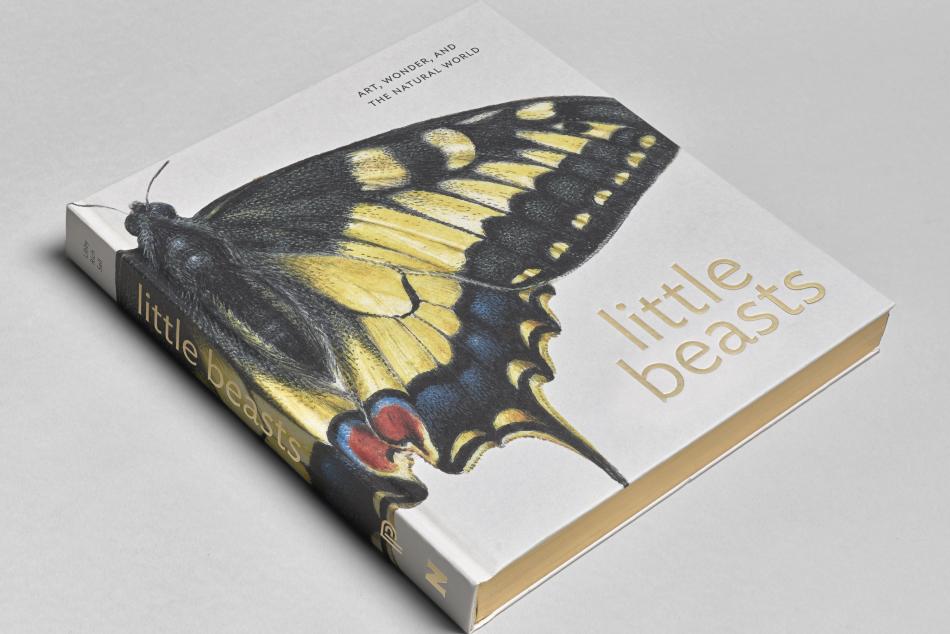Edo: Art in Japan, 1615–1868

The Edo period is one of the richest in the history of Japanese art, but only in recent decades has it become a focus of art-historical study in Japan. “Edo” refers both to the city of Edo—now called Tokyo—and to a time period, from 1615 to 1868, during which fifteen generations of Tokugawa shogun, or feudal overlords, ruled Japan from this urban capital. The political stability of the period enabled a vibrant popular culture to develop, and new styles of artistic expression appeared throughout Japan. The term Edo now connotes a distinctive aesthetic sensibility that spans a wide range of art forms, including screen paintings, scrolls, sculptures, ceramics, lacquers, textiles, and woodblock prints. This catalog accompanied the first large-scale exhibition covering the entire Edo period to be held in the United States.
You may also like

Publication: Photography and the Black Arts Movement, 1955–1985
Examine photography’s many roles in art, journalism, fashion, portraiture, and more during the dynamic evolution of the Black Arts Movement.

Publication: Little Beasts: Art, Wonder, and the Natural World
A beautifully illustrated publication traces the connections between artists, naturalists, and collectors in an age of scientific discovery and broadening horizons.


